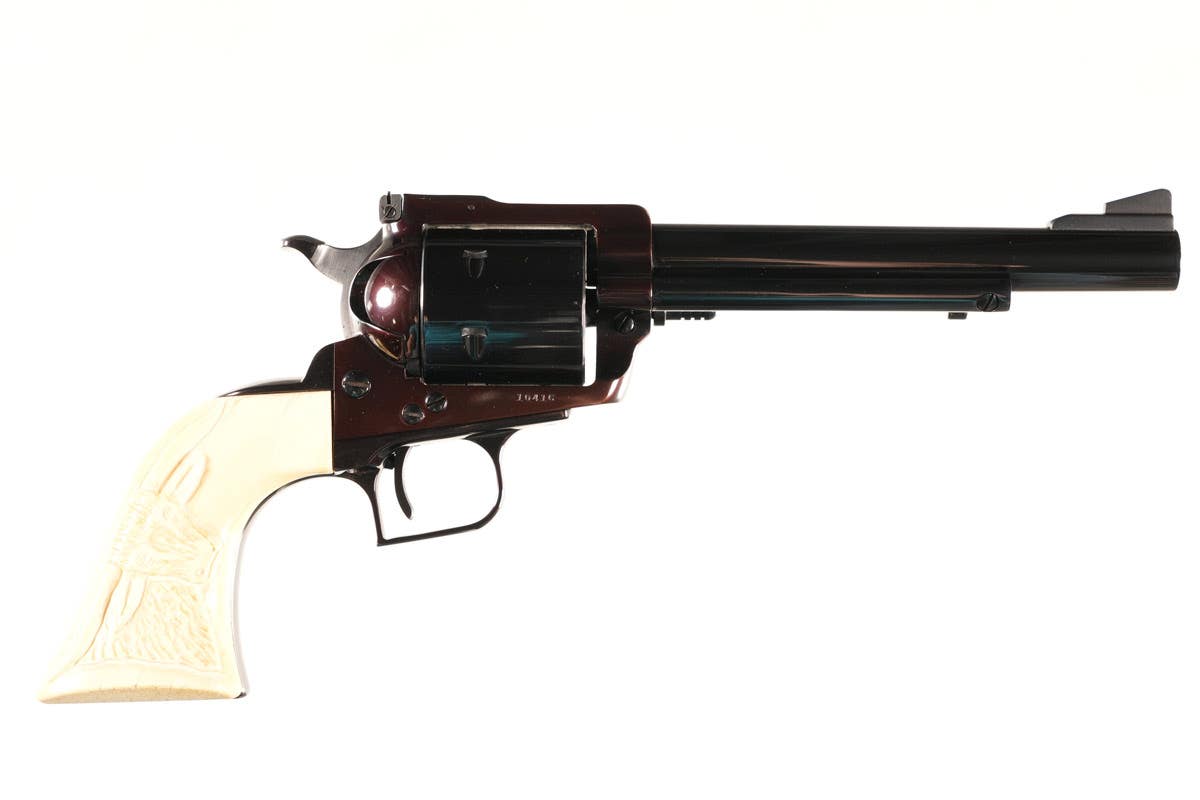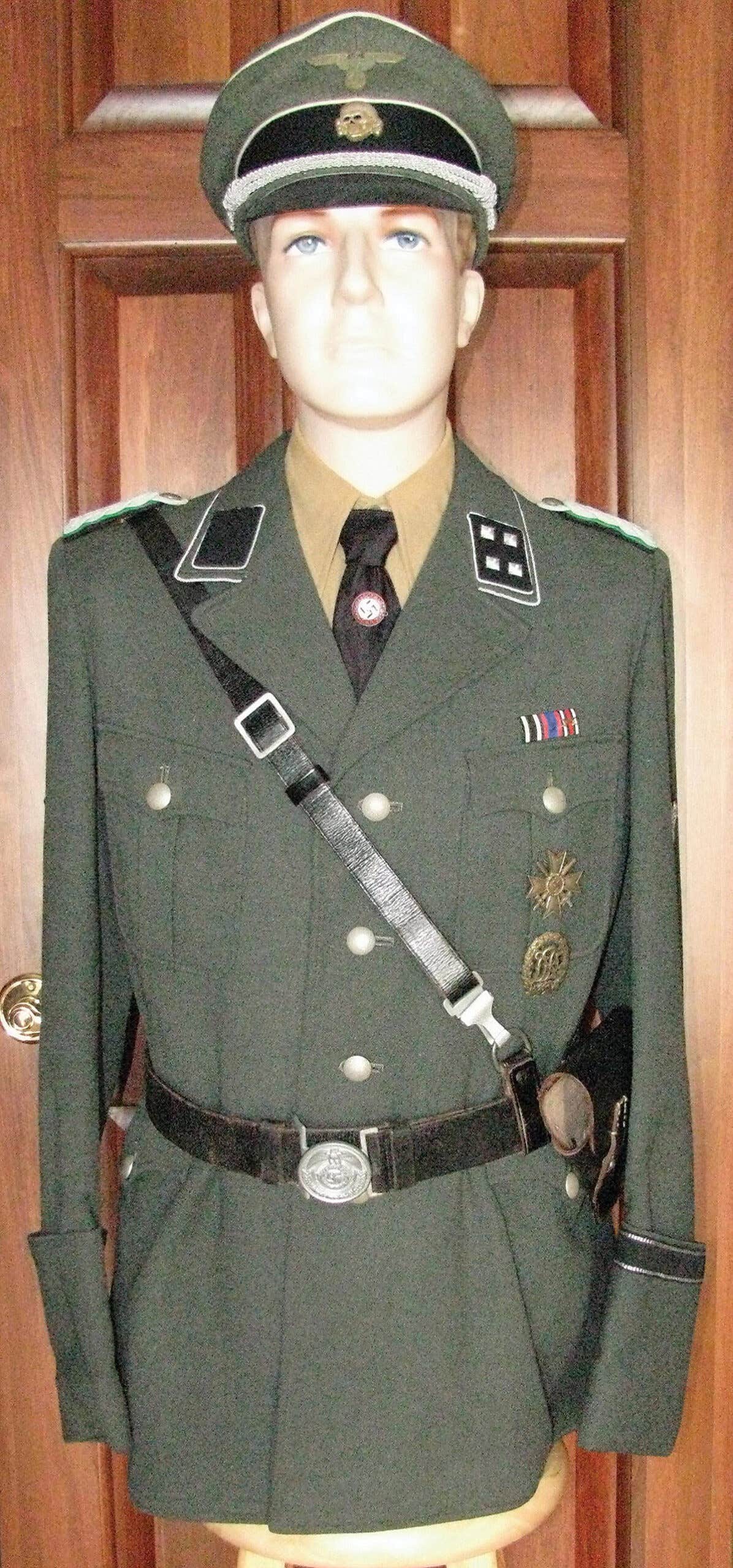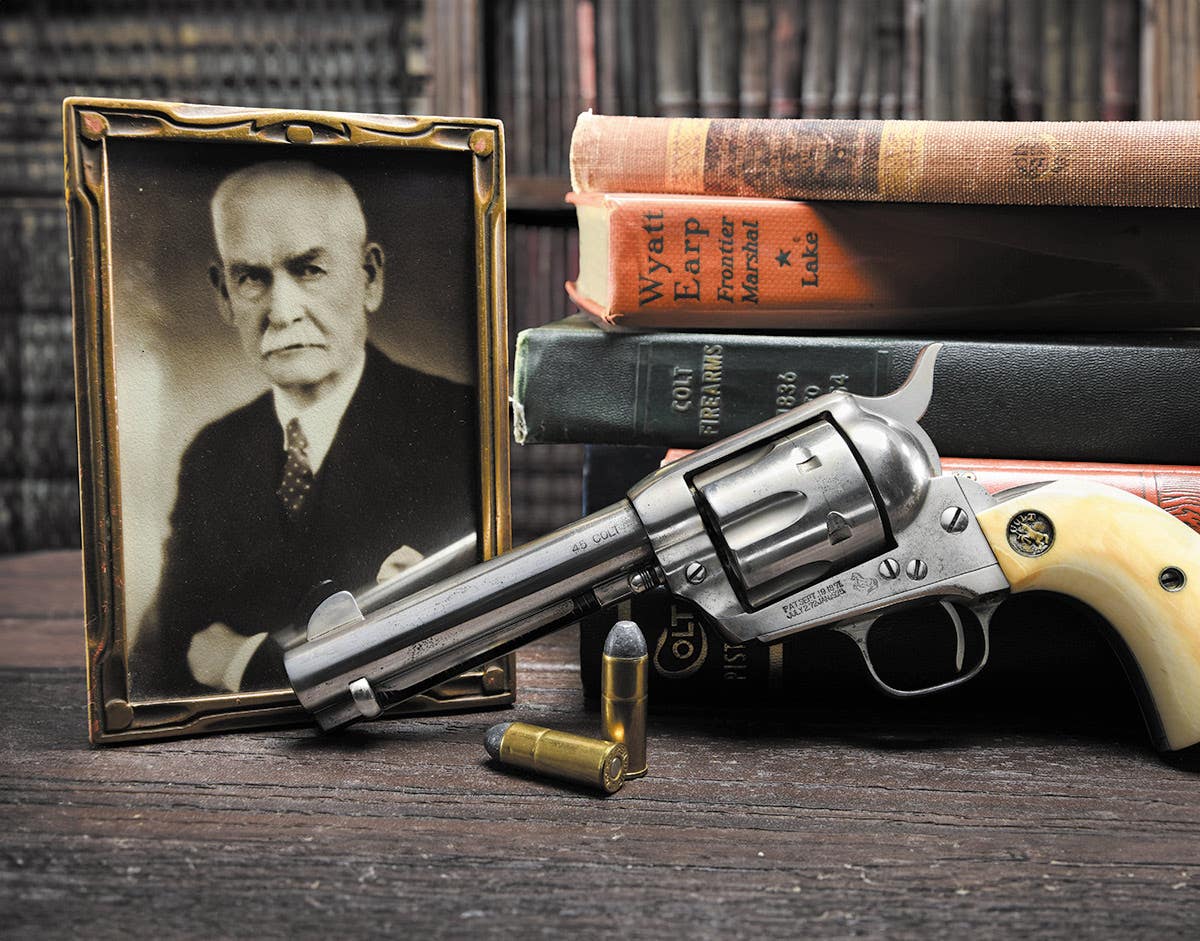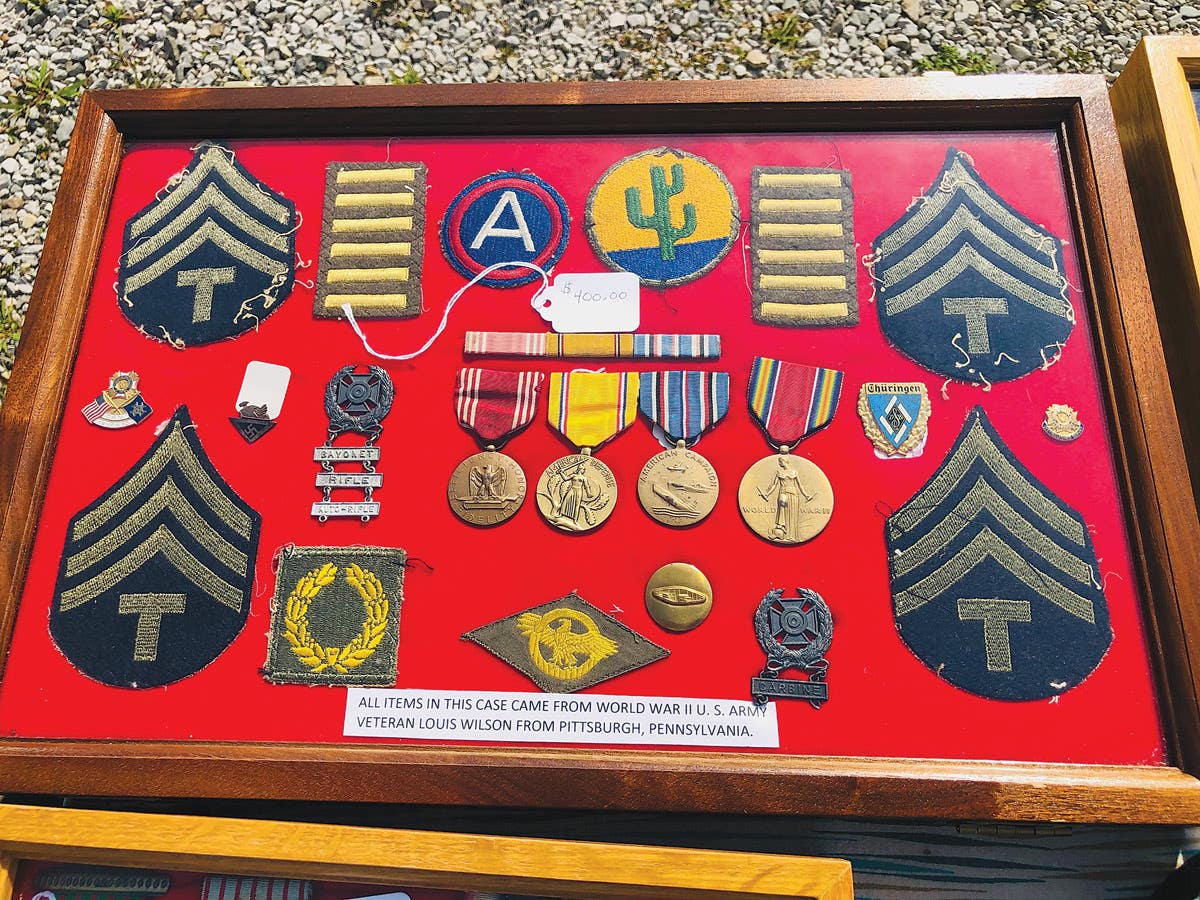Air Trails on a Cross
An interesting relic surfaced at a recent antique show in the form of what appeared to be a typical WWI Iron Cross, 1st Class. On the surface, it was typical with nothing more than the date “7/16 1917” inked on the top of the case. The reverse held a different, and a quite intriguing story.
by William Walter Brown Jr.
An interesting relic surfaced at a recent antique show in the form of what appeared to be a typical WWI Iron Cross, 1st Class. On the surface, it was typical with nothing more than the date “7/16 1917” inked on the top of the case. The reverse held a different, and a quite intriguing story.
Engraved across the vertical bar were two words sure to ignite one's curiousity: “Caudron” and “Spad.” Not only that, but engraved across the horizontal were the places and dates, “7/7/17 Villeauval” and “Pompey” (in large letters) with “14-7-17 Morville.” On the lower bar, “A.O.K.A 16-7-17.” was engraved.
Initially, I assumed Pompey to be a surname, but this dissolved when looking for Morville on a circa 1917 French map. The village of Pompey liew northwest of Nancy near the Western Front.
At first, a great deal of information could be correlated. On July 7, 1917, a Caudron was forced to land between the lines at Ville-au-Val by Utterozifer Ruhl and Ltn. D.R. Seifert of FA 276(A). This was not confirmed as a victory, as the machine was not destroyed. Then again on July 14, 1917, French losses showed a Nieuport of N-90 was lost near Morville. The victory belonged to Ltn. Seifert and Ltn. Brochard of FA.276(A), their first.
The disparity between a Spad and Nieuport was disconcerting but was common enough in victory claims on both sides. An article about Spa 90 in Cross and Cockade’s Vol. 1 (Spring 1984), gave even more clues. The article stated “that about 7:45 hours on July 14, 1917, N-90 pilot Sergent Lapize, while flying a Nieuport 24, was attacked by two enemy fighters over Hautonnerie Wood. Octave Lapize was shot down and he crashed behind the French lines. Lapize was probably the victim of Oberleutnant Robert von Greim of Jagdstaffel 34 for his third of 28 victories. His claim was for a “Spad” over Nomeny at 0850 hrs. Another pilot, Lieutenant Louis Palies entered this combat while flying his Nieuport 24 bis. He fired over 200 rounds before he was severely wounded and forced to make an emergency landing. Palies was probably victim of Lieutenants Brochard and Seifert of FA 276(A), the crew of one of the three artillery regulating aircraft of the flight that Jagdstaffel 34 had been protecting. Spa-90 served in the VIII Armee Sector, and was stationed at Malgeville. As Ltn. D. Reserve Johannes Seifert was the only common link on these two dates, it can be argued that the award was indeed his. Little else could be determined.
Initial attempts with the German archives were not much help. Having no birth date, very little could be learned. Subsequent attempts and numerous letters to many historians determined Seifert did win the Saxon Albert Order Ritterkreuz 2nd Class on June 30, 1917. This was all that could be determined, however. It is possible he may previously have served in Ersatz Feld Artilerie Reg. 45.
The trail began to grow faint as time went on, but a recent discovery at the Militararchive in Freiburg gave the medal—if not a face—at least, a past. Leutenant Johannes “Hans” Seifert had been born at Werzen in Sachsen. The son of Karl and Marie Seifert, he lived and was educated in Dresden where his father owned a lighting factory. On Aug. 10, 1914, he enlisted in the army and was posted to Ersatz Abteilung 1, Feld-Artillery Regiment No. 12.
On Oct. 29, 1914, he was transferred to II Ersatz AbteilungAR48-16, part of the Saxon 19th Ersatz Division. He suffered wounds to the hands, arms and back on June 27, 1916 at Verdun.
He was promoted to Leutnant der Reserve on Oct. 21, 1916. He again transferred within the division to Feld Artillerie Regiment o. 45 on March 5, 1917.
During this time, he turned to aviation and flight school. Only nearly a month had passed when he received his Beurteilung (assessment) at flight school on April 16, 1917.
Documents reveal he had made 6 practice flights, covered 600 kilometers, trained on machine guns, photography and received a good grade in map reading and flying.
His service at the front resumed as he was assigned to Flieger Abteilung 276 (A). This unit was operational east of Nancy on the southern end of the Western front. He won his Observer’s badge on July 15, 1917, and his Iron Cross 1st Class the next day. He served in this capacity with 276(A) from May 19, 1917, to Dec. 12, 1918. He previously received the Iron Cross, 2nd Class, on March 30, 1916.
In the years following the Armistice, Seifert first worked in Stuttgart, then Mannaheim and Dresden. By 1935, he had applied to the Luftwaffe. He ultimately rose to the rank of major, serving in flight schools. He was discharged in 1944.
I suppose now this long search is now nearly concluded, the Air trail nearly complete, but I can’t help wondering what happened over Pompey to be in such large letters. Perhaps the best part of a story—started so long ago—has yet to be told.








